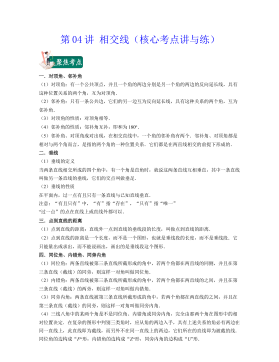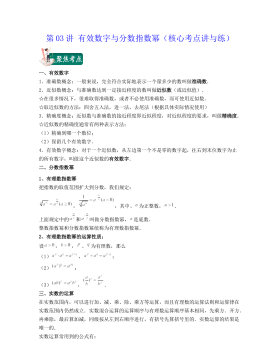基于可拓学的企业参与高架路空间开发可行性研究——以杭州下沙绕城东线高速空间开发为例
浙江财经学院硕士学位论文I摘要城镇高架路的建设在解决交通拥挤问题的同时,也带来了生态失衡、噪音及空气污染等社会生态问题。但随着生活水平的提高,人们越来越追求高品质的生活环境,如舒适的休息环境,便捷的购物与交通环境。为满足居民购物需求在高架路上建立封闭性的商业长廊,即进行高架路空间开发,不仅能为企业带来一定商机和经济利益,同时也能解决噪音及空气污染问题。但该类项目具有准公益性特征,与一般竞争性项目相比,企业投资的风险较大;而且这类项目的公益性又不是特别明显,很难引起政府公共部门的重视。因此,能否吸引企业投资参与该类准公益性项目成为人们关注的焦点。但目前对这一问题的研究还比较薄弱,这一领域的研究成...
相关推荐
-
10KV电网D-SCADA 系统信息采集与故障诊断研究与设计VIP免费
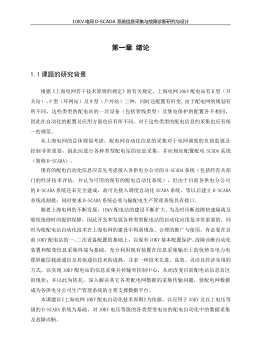
 2024-10-14 20
2024-10-14 20 -
方形吸顶散流器平送风等温射流特性研究VIP免费
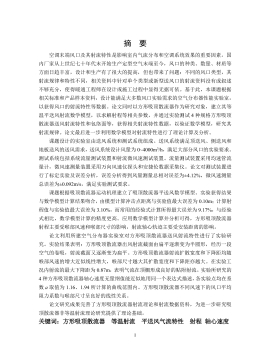
 2025-01-09 6
2025-01-09 6 -
关于充液声导波传感器中频散兰姆波的研究VIP免费
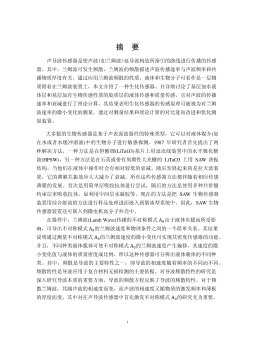
 2025-01-09 6
2025-01-09 6 -
结合梁斜拉桥施工过程中考虑剪力滞影响的分析方法VIP免费

 2025-01-09 6
2025-01-09 6 -
空调房间热舒适性的数值模拟与实验研究VIP免费
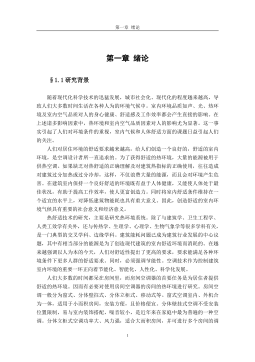
 2025-01-09 7
2025-01-09 7 -
汽车前轮线控转向系统研究VIP免费
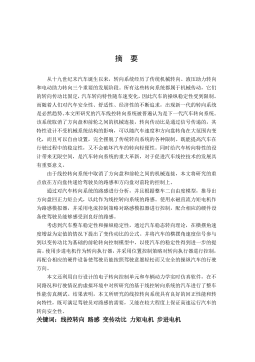
 2025-01-09 8
2025-01-09 8 -
输入分配型混合动力车辆动力系统控制策略研究VIP免费
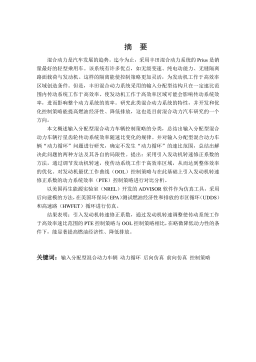
 2025-01-09 7
2025-01-09 7 -
双馈风力发电系统的柔性并网控制研VIP免费
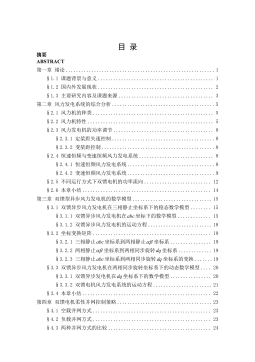
 2025-01-09 8
2025-01-09 8 -
污水处理厂污泥好氧堆肥发酵技术的试验研究VIP免费
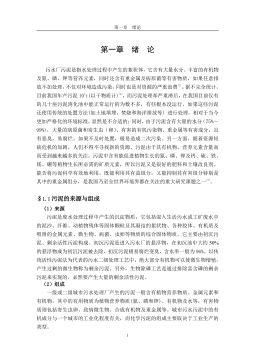
 2025-01-09 7
2025-01-09 7 -
应用风室试验装置的风机性能VIP免费
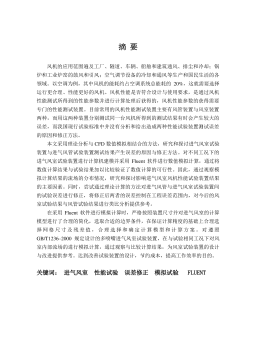
 2025-01-09 8
2025-01-09 8
作者详情
相关内容
-

汽车前轮线控转向系统研究
分类:高等教育资料
时间:2025-01-09
标签:无
格式:PDF
价格:15 积分
-

输入分配型混合动力车辆动力系统控制策略研究
分类:高等教育资料
时间:2025-01-09
标签:无
格式:PDF
价格:15 积分
-

双馈风力发电系统的柔性并网控制研
分类:高等教育资料
时间:2025-01-09
标签:无
格式:PDF
价格:15 积分
-

污水处理厂污泥好氧堆肥发酵技术的试验研究
分类:高等教育资料
时间:2025-01-09
标签:无
格式:PDF
价格:15 积分
-

应用风室试验装置的风机性能
分类:高等教育资料
时间:2025-01-09
标签:无
格式:PDF
价格:15 积分


